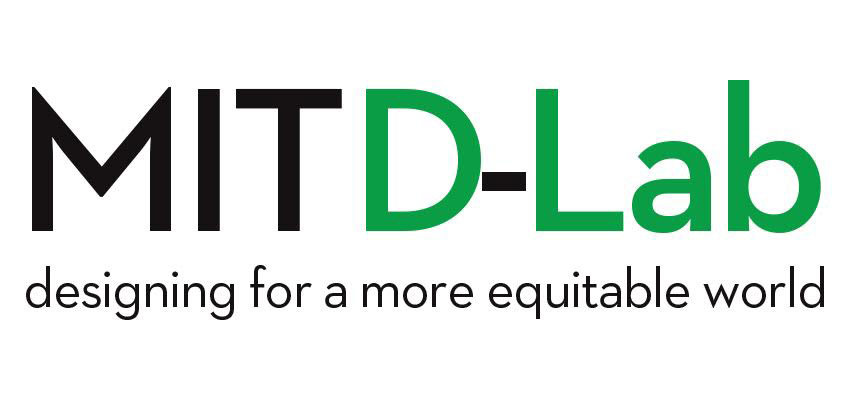
Each January, during MIT’s Independent Activities Period (IAP), the D-Lab Development class organizes trips to several countries to bring students and community partners together. In these trips, partners “borrow” MIT students for work on various projects and initiatives, and D-Lab students get a feel for what international development is like on the ground.
Here, Jonathan Tebes reflects on how his D-Lab trip to Tanzania shifted his perspective on “what development should look like.”
While in Tanzania, my understanding of how to go about the process of development was constantly being challenged. Having a background in international development and current development economic findings, I came to Tanzania with a predisposition to be skeptical of neoclassical perceptions of development. Anything multinational or large-scale to me seemed immoral and wrong. I had learned about how the Solow growth model falsely predicted growth in the 1950s 60s and 70s and how Western nations had a long history of exploiting impoverished populations at the expense of local culture in order to support their own security or financial interests. With this background, I had developed a clear categorization of what development should look like. It should be from the bottom-up, stemming from cultural customs and local needs. D-Lab’s appropriate technologies were a prime example of what I thought this modern form of development should resemble.
However, two experiences altered my perspective and shattered some of the biases that stemmed from this viewpoint. Two weeks into my trip, I was sitting at a canteen and I looked at the back of the bottle of water I had just purchased. The bottle was produced by Kilimanjaro, the most popular water company in Tanzania. The back of the bottle read “product of Coca-Cola.” At first the realization that this water was produced by one of the largest multinational corporations in the world outraged me. I thought, “This is just another example of how a multinational corporation abuses its market power to exploit poor people and make itself richer.” But then I thought about the price of the water; it was $.75 for 1.5L, much cheaper per L than any other bottled drink I could find. Maybe Coca-Cola was doing something right. What company is best able to purify, bottle, and distribute this water at a low price? What company has developed complex supply chains and has the distribution capacity to reach even the most remote villages in Tanzania? Thinking back to the Coca-Cola sign I saw in a rural village I had visited the week prior, I had to admit Coca-Cola was probably the best choice. They knew the supply chains, had significant expertise in bottling and marketing, and possessed the capital necessary to vamp-up production and distribution infrastructure when local capital was not available. So what does this mean for development? Well, maybe it means that working outside the realm of multinational corporations and organizations is not always the best way to go. In fact, millions of villagers in Tanzania have clean drinking water at an affordable price because of Coca-Cola’s decision to sell water for a profit.
The Kilimanjaro water example ties into a discussion I had with another D-Lab student one night while stargazing outside the house where we were staying. He told me about his belief in using socially-minded, for-profit organizations to address development initiatives. His argument was twofold. First, for-profit organizations are financially self-sustainable, in that they do not rely on foreign donors to continue their work. Or put differently, the community completely supports the continuance of the organization. This rephrasing leads to his second point. A for-profit organization focusing on development goals inherently engages the community in which they are based in a dialogue about what it wants development to look like. Community opinions matter and are incorporated because they need to be in order for the corporation to remain profitable. Generally, organizations that rely on foreign aid and/or grants do not have to be structured in a manner that efficiently and accurately integrates user feedback and opinions into product development and dissemination.
This last point is key because incorporation of user feedback means a lot more than just improving the quality of a technology. Superficial aspects of a product frequently influence how much of that product is used and thus how much impact that product has. For example, most people do not use chlorination tablets in Tanzania because they do not like the taste. A for-profit organization might identify this early on during initial user tests, while a non-profit organization might waste years developing a chlorinated solution that will never be used. Another example, I take from Dean Karlan’s book, More than Good Intentions. In a randomized control trial, people were more likely to enroll in a banking program if the program’s flyer had a picture of an attractive woman on front. Clearly the program is equally as good regardless of the flyer, but it will have a greater impact if its flyer is enticing. For-profit organizations also tend to do marketing things like this very well, especially if they are larger organizations that have been around for awhile (think Coca-Cola). So let’s use the talents of these organizations to our advantage either by making large organizations more socially-minded, or by endorsing a for-profit model when structuring our own socially-minded businesses.

